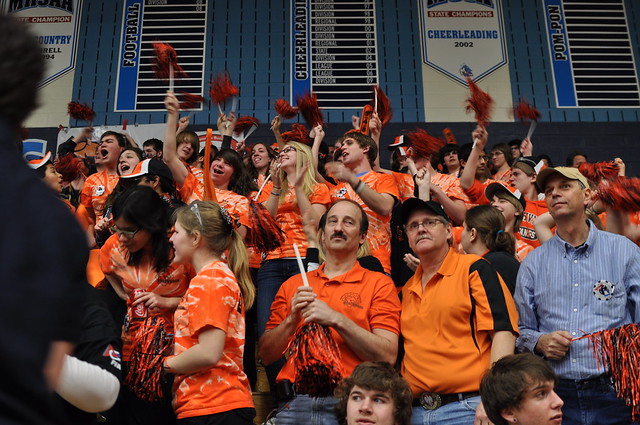I’m excited to announce a new [alpha] PADI + UniMelb course:
Scientific Snorkeling, (Free)Diving and Survival [Southern Ocean Edition: New South Wales, Victoria, South Australia and Western Australia].
Many thanks to my sensei, both Eckart (SaltSessions) & Adam (Pressure Project), for their masterful instruction in freediving, aquaculture/harvesting/spearfishing and meditation. As an apprentice diver, I could not have designed this course without their expert instruction and personal guidance. Mil Grazie Shifu 🙏. If you’d like to become a master diver Direct Message (DM) @saltsessions @pressureproject via your favourite social media accounts.
Question: so what will I learn by becoming a student in this newly designed dive course?
The aim of the course design is: to learn the skills whereby we as humans can monitor and protect the Great Southern Ocean and her awesome wildlyf! Or to wax lyrical: to acquire the skills which will enable you to experience the euphoria of biophilia.
Ok, so your brain is now wondering: “how have I lived this long without truly knowing the biological feeling of human+animal connection aka “biophilia”?”. Don’t blame yourself, the world is only just waking up to the realisation that we cannot isolate ourselves away from biological-social interactions! 😉
But wait a minute, have you not had interactions with dogs, cats and other pets? Yes, this is a hint of biophilia (esp if you’ve formed a mutuality between you and a dog[cite]).
“But wait!?” (you ask), “is there a greater emotional and physiological connection you can have with other animals, beyond pets and farm animals?!” What about engaging”wild animals”?!?!
Yes you can! Biophilia is built into all mammals and humans especially! Come learn the sciences of snorkeling, diving and survival in the Great Southern Ocean, so you can find what biophilia means to you?! In this course, we will introduce you to lifeforms that can teach you skills which are innate in all animals (esp ‘the dive reflex’). Your instructors will teach you how to swim (like seals), show you to dive (like dolphins), widen your gaze for evolution (via spider crabs & rays) and teach you to respect and stay safe in new environs (sharks).
High level course structure:
- Theory: Southern Ocean Ecosystems, Indigenous Communities and Economics.
- Practical skills: Scientific Snorkeling, e.g. equipment/homeostasis, swimming-physiology and scientific sample collection using the buddy system.
- Practical skills: Diving, Breathold and marine animal dive techniques.
- Practical skills: Ocean Survival, e.g. wave/swell physics, biome & marine animal behaviours.
The course structure is made up of six dive lessons by a certified PADI dive master and achieved via several team/buddy-based assessments.
- Survey-Test (A): fill in your learning profile survey to see if you are ready for training:
- Lesson 1: pool training to learn equipment requirements (esp homeostasis) for diving in Southern Ocean swell.
- Team-Test (B): basics of meditative breath-hold and underwater swim techniques.
- Lesson 2: shallow shore-dive with minor swell to learn bouy management and settings up a scientific sampling experiment.
- Team-Test (C): buddy system (one-up-one down), bouy/rope management and “sampling tools”.
- Lesson 3: shore dive with depth and rocky caves + “bommies”
- Team-Test (D): marine animal engagements and biological behaviours.
- Lesson 4 (course 50% complete): depth dive techniques and advanced breathold and depth rescue.
- Team-Test (E): the physiology of breathold (dive reflex chemistry, hormonal and psychology).
- Lesson 5: “front beach” shore dive with significant swell to learn collecting samples at depth.
- Team-Test (F): advanced breathold techniques and safety rescue
- Lesson 6: rocky shore dive with significant swell. Learning objective: understanding weather patterns and forecasting dangerous weather anomalies.
- Team-Test (G):
- Lesson 7: open water depth boat dive on ship wreck and/or geological feature.
- Final test and official PADI master Freediving test.
How long does this course take?
If you commit one day per fortnight to this course (pending availability of instructors), you will compete the course in under a year. However, most mentees decide to work with their master diver mentor for up to two years, in short: make sure you interview 2-5 master diver instructors before committing to this course.
How much does this course cost?
$50 per instructor hour, with a minimum spend of $1950 to achieve certification as a master PADI diver. However, most achieve competent shore dive skills for less than $500.
How do I sign up?
That’s the easy part:
Step 1: take this (20min) learning profile survey, which will help match you with an instructor who shares your values: <link>
Step 2: email the Melbourne University Underwater Club #MUUC@UniMelb.edu.au and ask when our next “recruitment & welcome boat shed 🔥 party” is? You can meet a range of divers and instructors and take your picture with the Blue Devil! Or stop by the boat shed on Wednesday at lunch time (during the farmers market), via Tin Alley.
Have a quick question you want to ask before signing up for the club?
Ping us on Instagram via @melbourne_uni_underwater_club
















